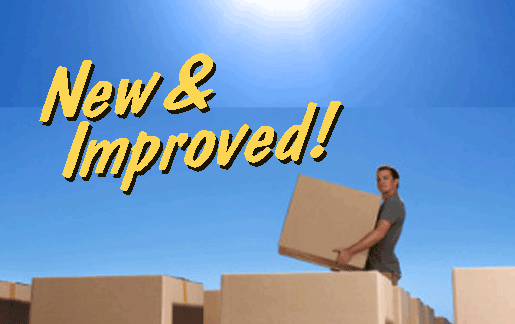Innovation: Is there anything new under the sun?
- Thomson Dawson

- Feb 7, 2017
- 3 min read

Innovate or die continues to be the mantra for product development and business growth, yet many great innovations are often borrowed from other ideas.
Every company wants to be perceived as innovative in their product development. Just because a product is new or novel does not necessarily make it useful, necessary, valuable or particularly innovative.
The truth is many companies struggle to be innovative in ways that are game-changers for their long-term success. Many companies innovate around themselves, bringing to market only incremental innovation that can be produced in strict cost structures, rather than developing a deeper and richer understanding of what people really care about.
When we think of innovation, is there anything new under the sun?
Are original ideas all that original, or is there value in collecting and curating from prior sources and piecing new things together in more relevant ways?
Enlightened business leaders innovate around life experiences and meanings rather than competitive or functional product features and benefits.
The process of innovation in these enterprises is centered in a deep desire to serve the well being of people–to make life a little better.
To do that well requires insight and empathy in equal measure. Enlightened business leaders view the process of innovation as something sacred and transcendent of the physics of their organizations.
Innovation is hard-wired into their culture. It’s not a practice that can be mandated, it’s inspired right along with failure. Enlightened leaders know there is no such thing as failure in innovation, there is only learning.
Thomas Edison proved that well over a century ago when he proclaimed “Your idea needs to be original only in its adaptation to the problem you are currently working on.” Then he went about the process of failing forward to his many “innovations”.
The physical stuff of innovation (capital, raw materials, machines, markets) seems to always be available, however the availability of physical resources won’t make companies more innovative.
The greatest assets for innovation come from the non-physical, the formless.
Enlightened leaders harness the creative power of ideas, intuition, inspiration, imagination, insight and borrowed circumstances that form new proposals to customers.
These are proposals of new meaning–which shows up in product forms that are unexpected, uniquely useful, loved, and are perceived as being of greater value. Innovation is both strategy and tactic, and you and your organization can learn to become very good at both to create sustained competitive advantage.
People have more choices in the marketplace than ever before in human history. Bringing more products to market with more features just adds to the slush pile.
More and better product functions and features does not equate to innovation and competitive advantage. With very few exceptions–everything works. That’s table stakes, not the differentiator.
Innovation is about serving the needs of others in ways that are unexpected, and when realized by customers, it turns out to be the very thing they were waiting for. Innovation is a consciousness, not an event or action step.
Of course, the lasting benefit of innovating around borrowing from life experiences is the marketing gets baked into the deal, with the end result being people gathered into communities, embedding it’s “new” meaning into their own life expressions, and sharing this value with others.
Enlightened companies who lead markets shift their focus from counting transactions to innovating scintillating, dramatic, novel, relevant, transformative experiences that really matter to people.
If you found this post helpful, please subscribe to the blog.





Comments